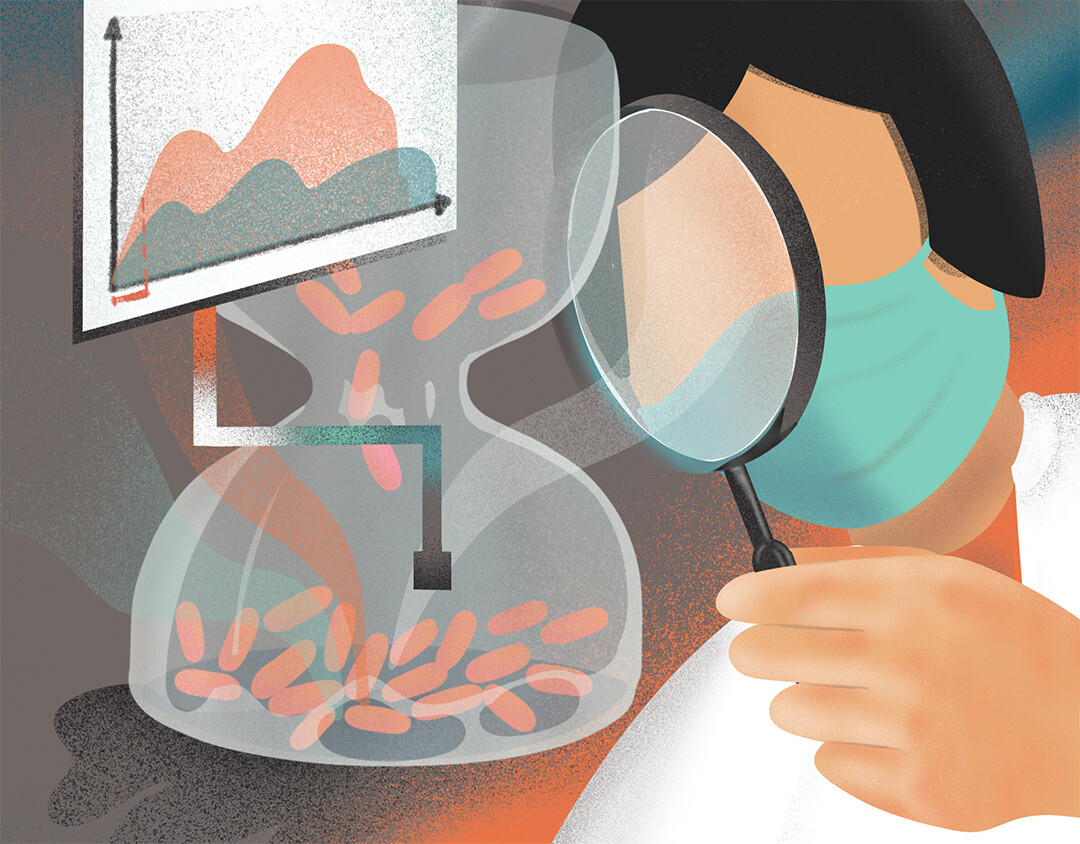- Home >
- Learning centre >
- Science blog >
- Decoding Biofilms: Modern Methodologies for Biofilm Studies
Decoding Biofilms: Modern Methodologies for Biofilm Studies
2nd August 2023

New methods are needed to study the old problem of microbial biofilms
Hello to all the biofilm aficionados out there! Today, we’re diving into the crux of microbiology – biofilms. These intricate, multi-species microbial communities, encased in a protective matrix, are a common feature in persistent infections. With their astonishing resistance to antibiotics and immune responses, biofilms pose a substantial challenge for healthcare. But, the scientific community is stepping up its game, coming up with innovative strategies to study biofilm composition and eradication. Let’s dive in to see how.
The War Against Biofilms
In the battle against biofilms, various methodologies have come to the front line. Broadly, these techniques can enable the researchers to study biofilm structure and composition, as well as biofilm eradication.
Crystal Violet Staining
A widely utilized method for studying biofilm formation is crystal violet staining. It’s simple, cost-effective, and provides rapid quantification of biofilm biomass. However, this method lacks the sensitivity and specificity of more advanced techniques. It also does not differentiate between live and dead cells, a limitation that is quite significant when studying biofilm eradication.
Confocal Laser Scanning Microscopy (CLSM)
CLSM allows researchers to visualize and quantify biofilm architecture in three dimensions. When used with fluorescence in situ hybridization (FISH) or fluorescent tagging, it becomes a powerful tool to track specific microbes within the biofilm. This method’s sensitivity, resolution, and non-destructiveness make it ideal for biofilm eradication studies. However, its relative complexity and high cost can be limiting.
Next-Generation Sequencing (NGS)
NGS is a revolutionary technology for studying biofilm composition. It enables high-throughput, precise identification and quantification of microbial species within the biofilm. However, NGS can’t differentiate between live and dead cells, which is crucial in eradication studies. Also, its cost and data analysis complexity may be challenging.
Antimicrobial Susceptibility Testing
For biofilm eradication, antimicrobial susceptibility testing is crucial. Traditional methods such as minimum inhibitory concentration (MIC) testing are often ineffective against biofilms due to their distinct metabolic state. So, researchers use the minimum biofilm eradication concentration (MBEC) assay, which specifically tests antimicrobial agents against established biofilms. Although effective, these tests might not fully capture in vivo conditions.
On the Horizon: Isothermal Microcalorimetry
Emerging technologies are pushing the boundaries of biofilm research. One such tool is isothermal microcalorimetry, which continuously measures heat production as a marker for microbial activity. This method allows real-time, non-destructive monitoring of biofilms and their response to antimicrobial agents, offering exciting prospects for composition and eradication studies. The calScreener™ in particular, an isothermal microcalorimeter, has been specifically designed for biological applications such as the study of biofilms.
While our understanding of biofilms has expanded dramatically in recent years, many puzzles remain unsolved. Each methodology brings us closer to unraveling the mysteries of biofilm survival and resistance. Still, no single method can give us the complete picture. It’s a gentle reminder that in science, as in life, collaboration is key. So, let’s continue this interdisciplinary journey towards understanding and combating biofilms. After all, each stride in biofilm research brings us one step closer to more effective treatments for persistent infections.
Learn more about biofilm microbial testing with biocalorimetry.

STAY UP-TO-DATE
Subscribe to our newsletter and stay up to date with the latest news and updates